Are Derwent London's new lounges the future of workspace?
Property developer Derwent London’s new lounges – created for tenants of its offices – work harder to promote community and connection for their users
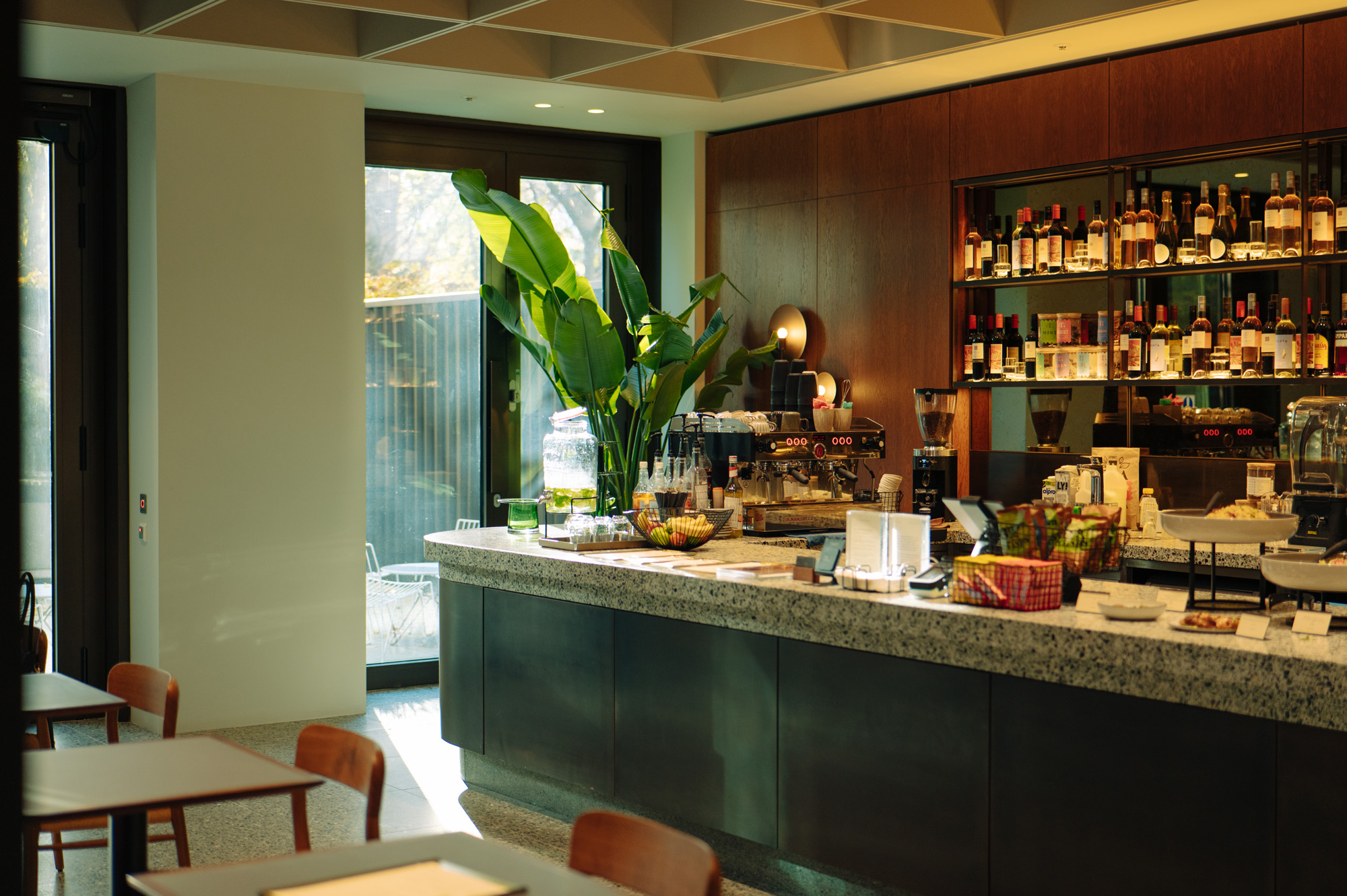
Derwent London, the property development firm behind some of the UK capital’s most architecturally ambitious office buildings – including the White Collar Factory, Tea Building and Brunel Building – has spent the past five years designing two club lounges for its portfolio, driven by the intention of making going to work feel like being a member of a private club.
Both DL/78 in Fitzrovia and DL/28 in Old Street – run by ex-Virgin Clubhouse and Soho House alumni – now offer cafés, concierge services and an art collection to boot. And since opening the lounges to all of its tenants, regardless of where their office is, Derwent has seen an increase in occupier retention and attraction, and an uplift in rents. ‘We’re not trying to make a profit from the lounges themselves,’ says Derwent executive director Emily Prideaux. ‘The value for us comes from the additional rent we capture across the rest of the portfolio. We are already seeing occupiers prepared to pay a premium because they know the lounge access will attract and retain talent.’
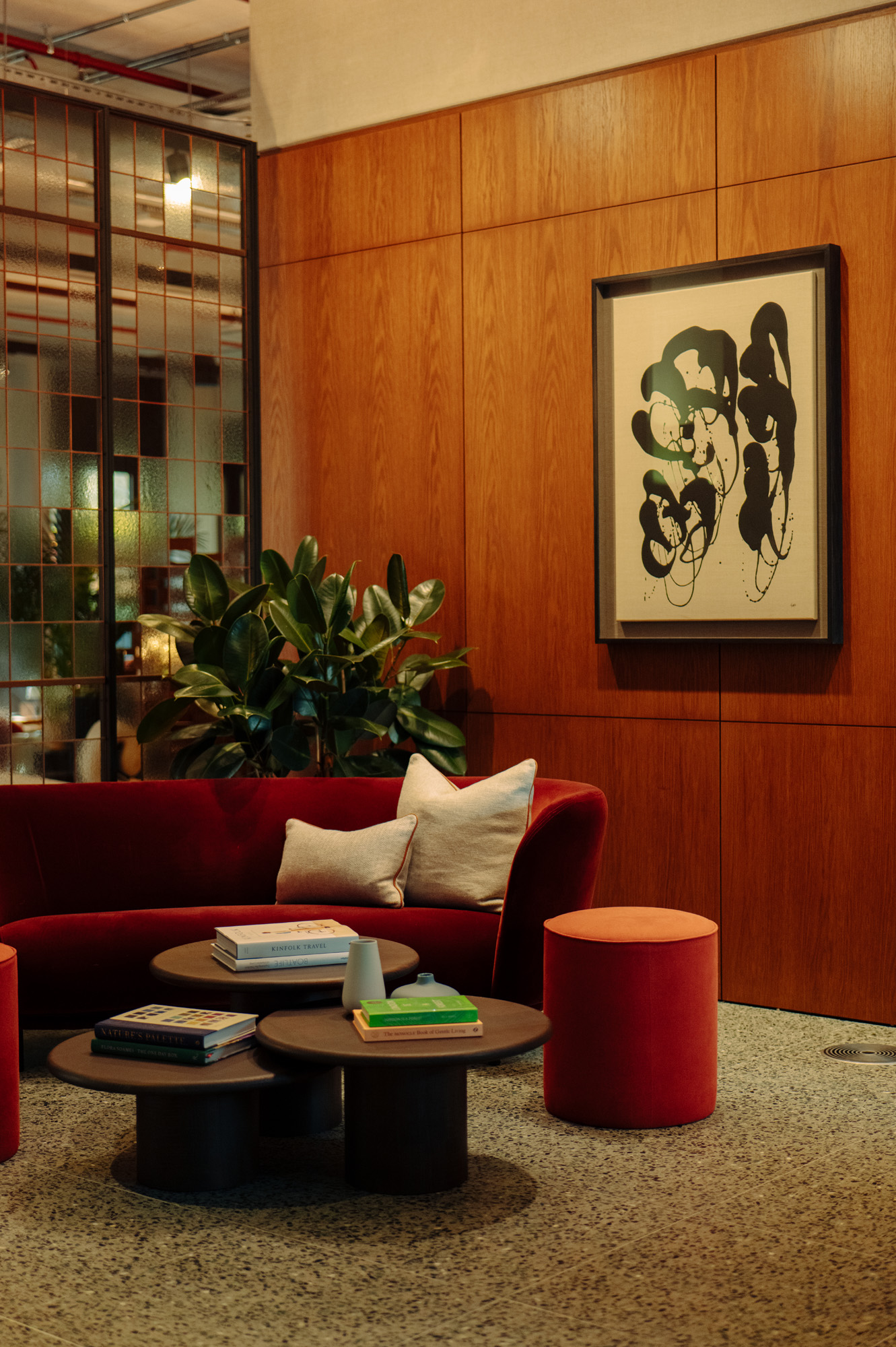
DL28
Explore Derwent London's new lounge offering
At a time when businesses recognise their office space needs to work harder if it is to attract the best employees (thereby boosting productivity), Derwent’s decision to offer tenants 20,000 sq ft of meticulously designed hospitality space and membership perks could open the door to a whole new phase of the great workplace evolution.
It’s not hard to see why Derwent’s lounges are piquing such high levels of interest in an otherwise muted office market. By giving people what they want from a modern workplace – something that goes beyond a tech-enabled, high-quality, flexible space – properties are evolving beyond simply delivering ‘bricks and mortar’ to offer a sense of belonging – an approach that will likely characterise the future of successful workplace design and development.
‘Quality workspace now comes from the service, the amenity and the community as well as from the physical aesthetic,’ says Prideaux. ‘While the two lounges are physical, tangible spaces, the premise behind them was to create a sense of community.’
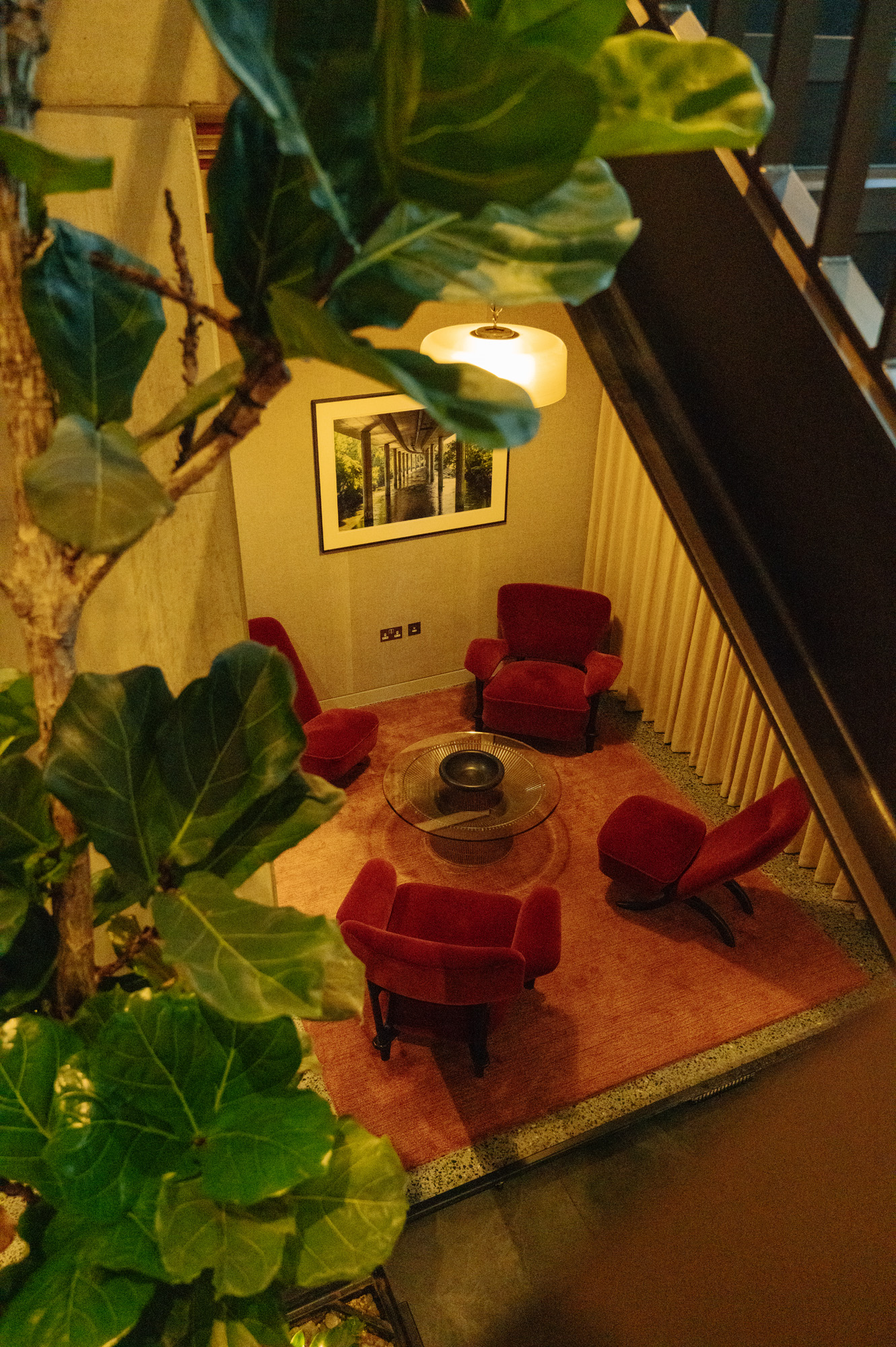
DL28
The workspaces, meeting rooms and call booths are all part of the lounge concept’s draw, but they were never meant to be used in isolation. ‘The lounges are not supposed to be an extension of the office, they are there to complement them,’ says Derwent’s customer engagement manager Ally Barker. ‘The spaces have been designed to promote community and connection through membership, and that message is landing now. We are starting to see more people use them for ad hoc drop-ins, whether that’s popping in for lunch, grabbing a coffee with colleagues or having an informal meeting with a client or contact rather than taking them to a local café. We are also seeing more people sign up to the monthly events programme.’
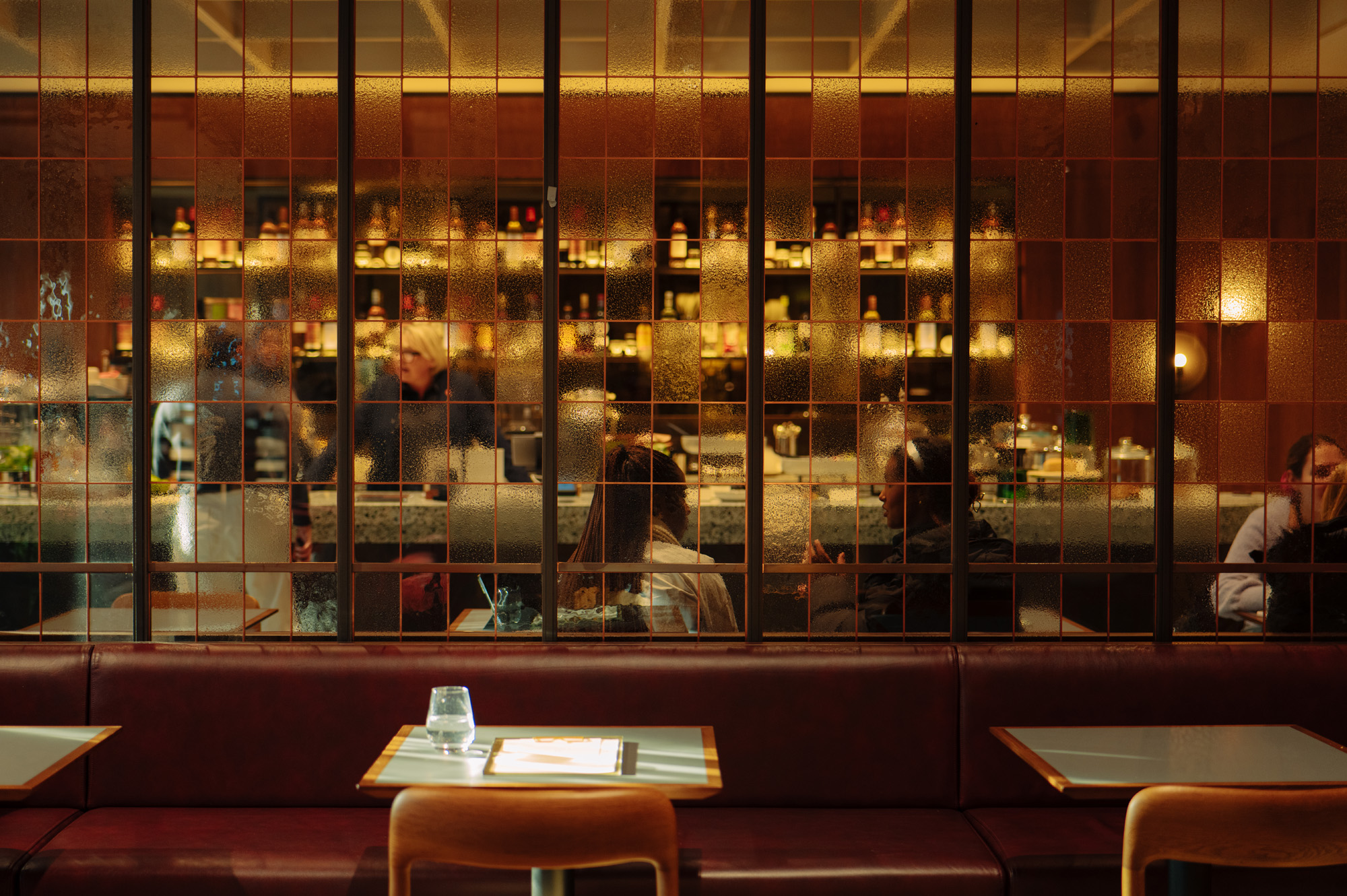
DL28
The look and feel of the club lounges play an integral role in the success of the membership concept. Designed by the firm’s in-house team, in collaboration with London-based studio MSMR Architects, each lounge has its own distinct personality – from the dramatic, cavernous heights of DL/78, which opened in autumn 2021, to the bronze- and green-hued midcentury style of DL/28, which opened last year. The characteristics they share – timber interiors, rich, timeless colour palettes and the warm glow of purposefully low-level lighting – are all part of the overarching promotion of hospitality-led rather than commercial-style space.
Receive our daily digest of inspiration, escapism and design stories from around the world direct to your inbox.
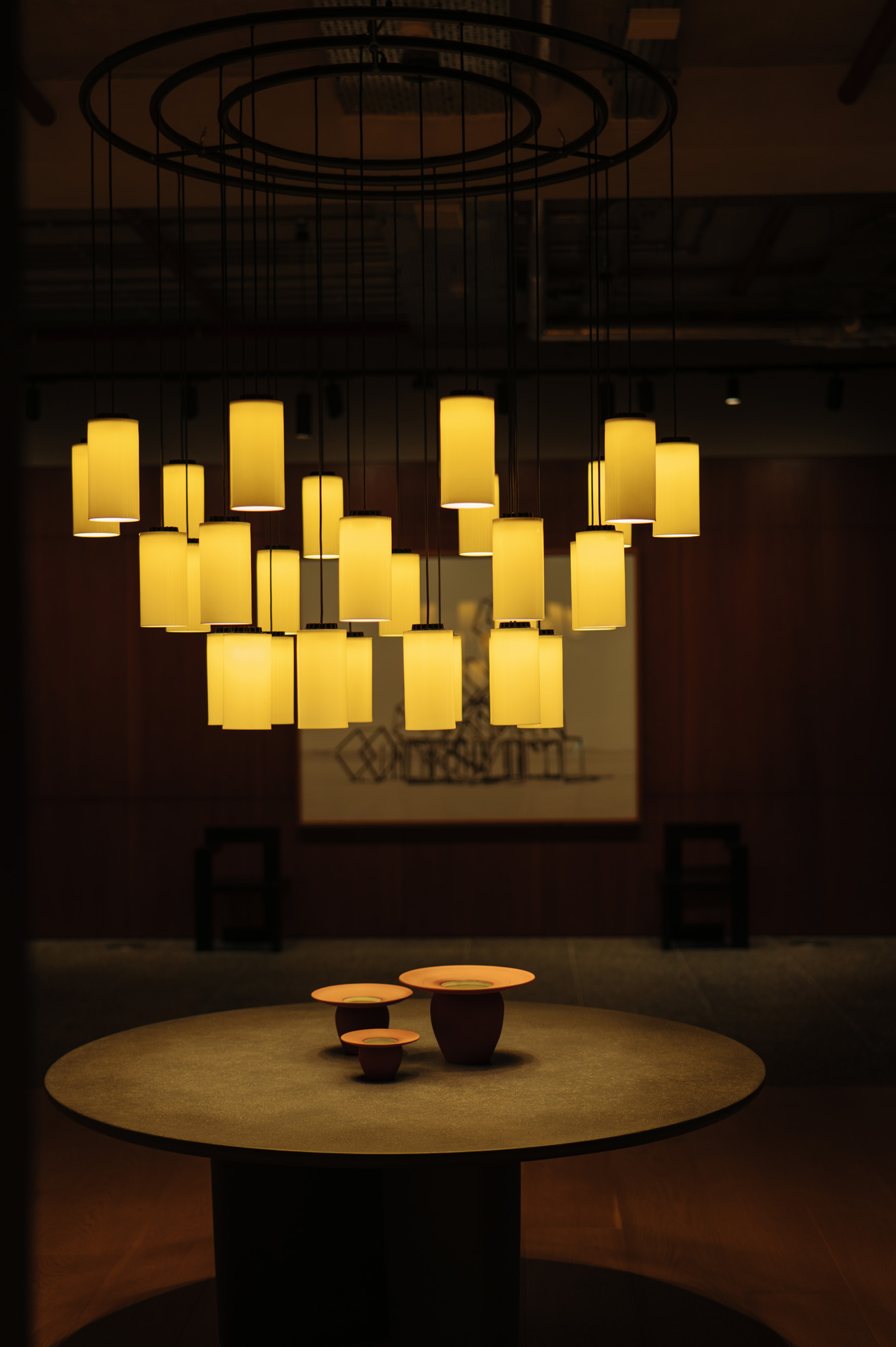
DL28
'I approached both of the lounges as if they were hotels,’ says Derwent’s interiors manager Rebecca Lesser. ‘I wanted them to feel intimate and give people that sense of going to spend time somewhere special.’ No standard fixtures, fittings or furniture are to be found in either of the spaces, with Lesser and her team hand-picking every last piece with such a commitment to buying vintage that they even had to rescue one delivery of particularly battered chairs from being accidentally thrown into a skip.
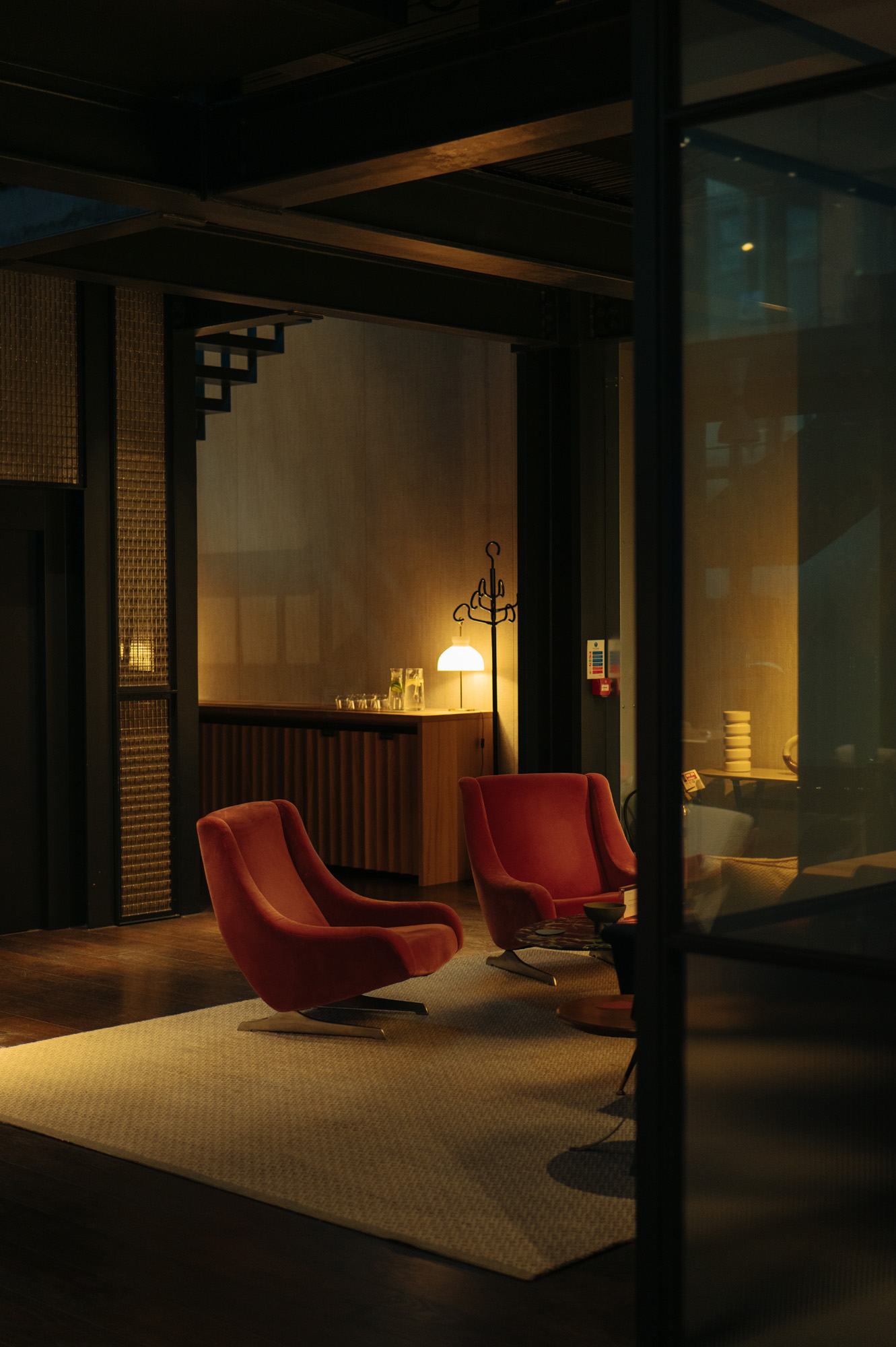
This staunch commitment to stylish, sustainable originality has become a
defining characteristic of the Derwent brand, whose 2007 Tea Building pioneered east London’s offices-as-creative-hubs. Now, as offices evolve, landlords are shaking up their offer, competing as brands that tenants will actively choose to be associated with. It’s easy enough to be a faceless builder of space. But a faceless service provider? Not so much.
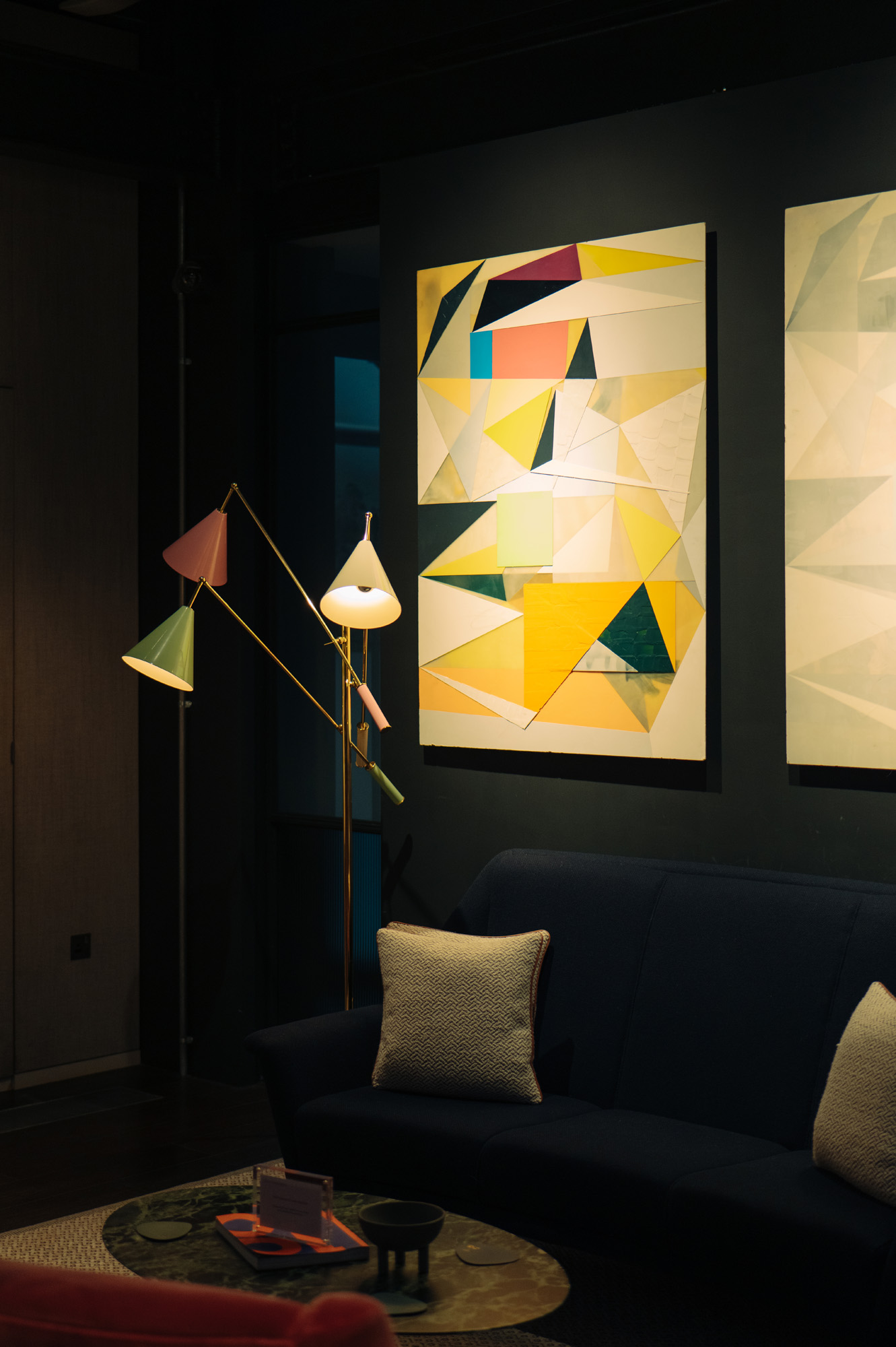
DL/78 and DL/28’s private event spaces are now available for public hire
This article appears in the April 2025 issue of Wallpaper*, available in print on newsstands from 6 March 2025, on the Wallpaper* app on Apple iOS, and to subscribers of Apple News +. Subscribe to Wallpaper* today
Emily Wright is a journalist and moderator with over twenty years’ experience writing about and commenting on real estate, architecture, design and innovation. Formerly head of content and global editor at leading real estate title Estates Gazette, she now writes for a range of titles including Wallpaper*, The Times, Dezeen and The Spaces and has interviewed architects, developers and political figures including Zaha Hadid, Richard Rogers, Norman Foster, Terence Conran and Donald Trump. A passionate advocate for human-centred design she also writes Well-Placed, a monthly Substack focussed on the importance of places and spaces designed and developed with the end-user in mind.
-
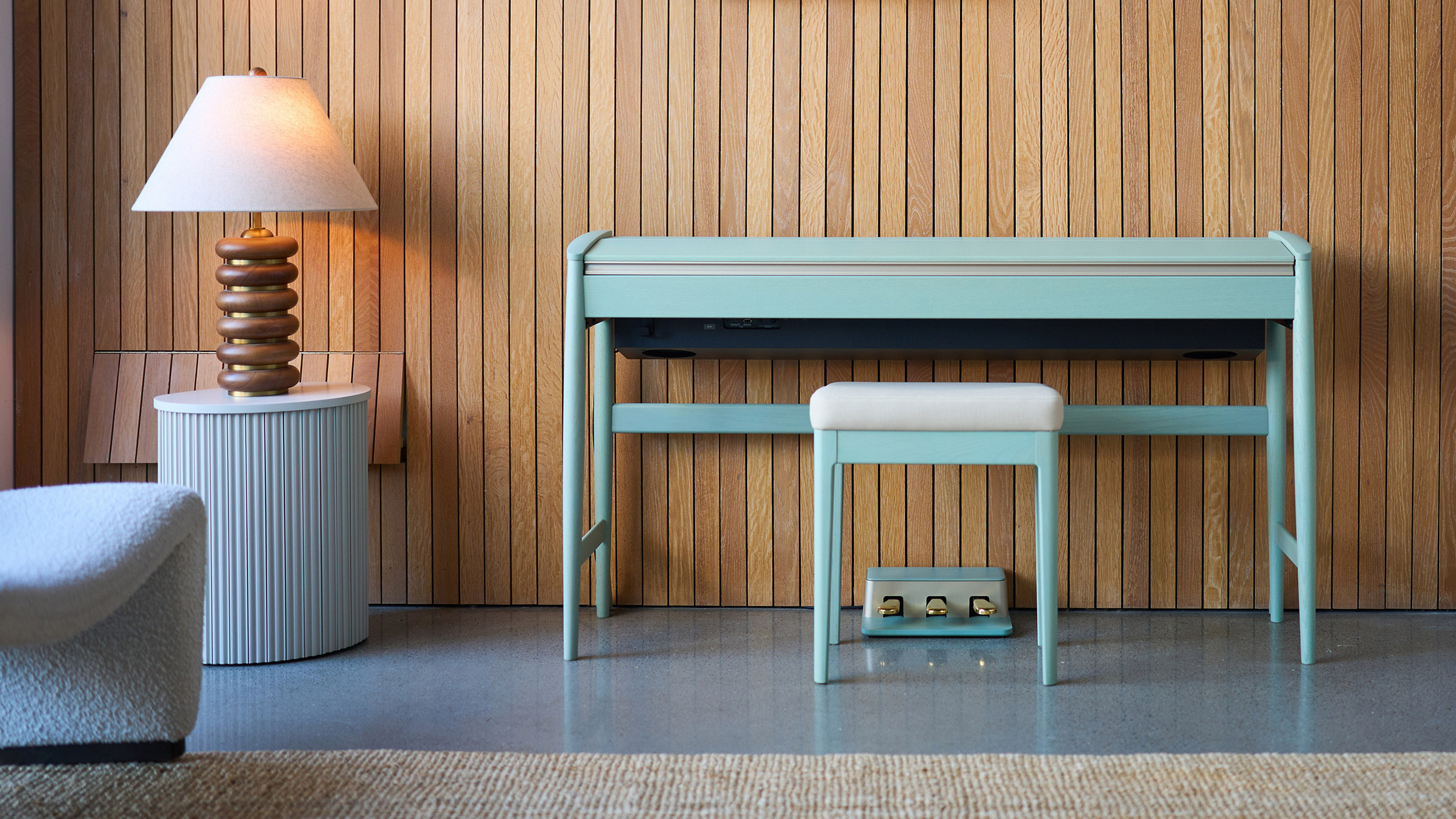 Roland and Karimoku expand their range of handcrafted Kiyola digital pianos
Roland and Karimoku expand their range of handcrafted Kiyola digital pianosThe new Roland KF-20 and KF-25 are the latest exquisitely crafted digital pianos from Roland, fusing traditional furniture-making methods with high-tech sound
-
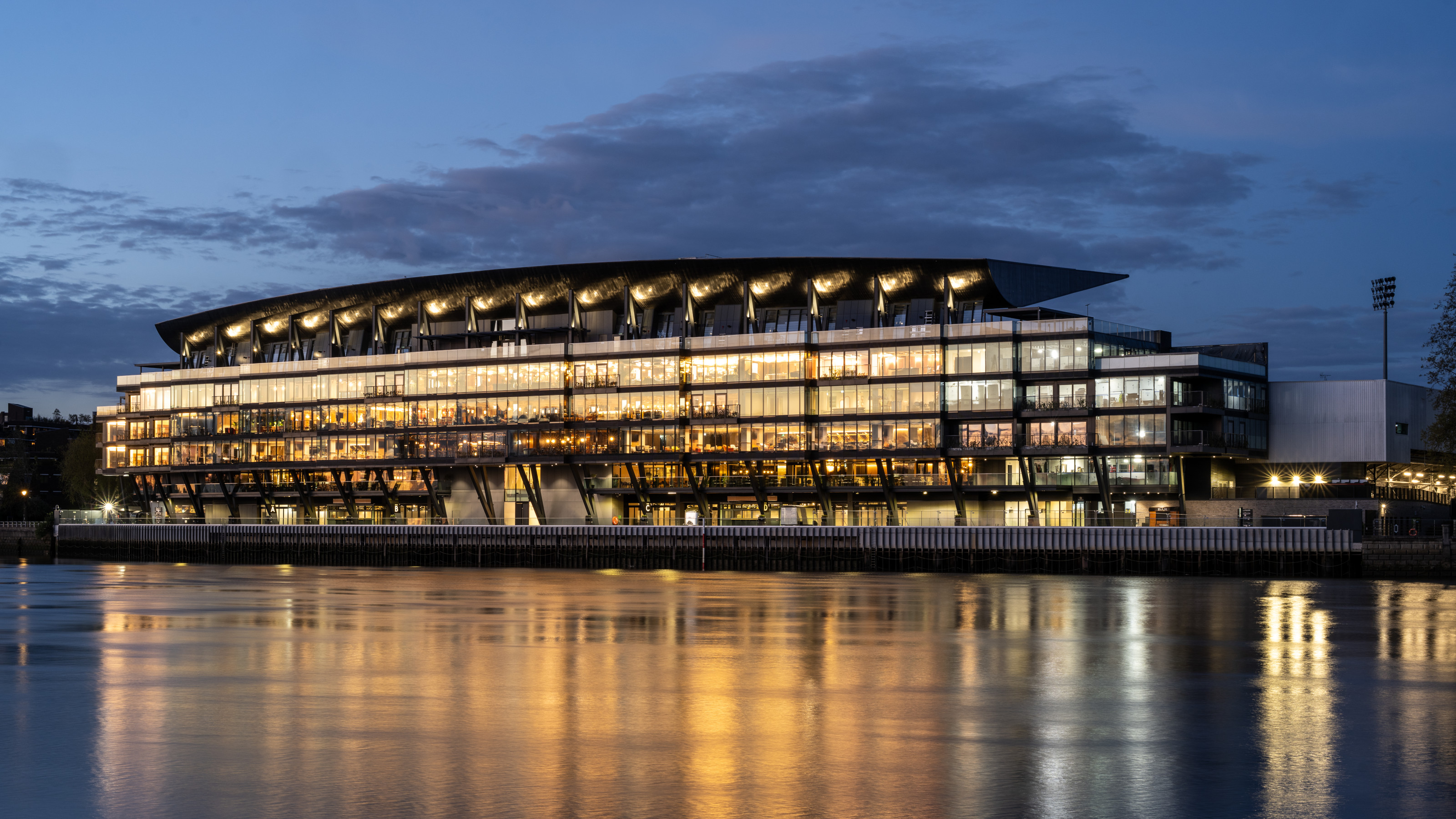 Fulham FC’s new Riverside Stand by Populous reshapes the match-day experience and beyond
Fulham FC’s new Riverside Stand by Populous reshapes the match-day experience and beyondPopulous has transformed Fulham FC’s image with a glamorous new stand, part of its mission to create the next generation of entertainment architecture, from London to Rome and Riyadh
-
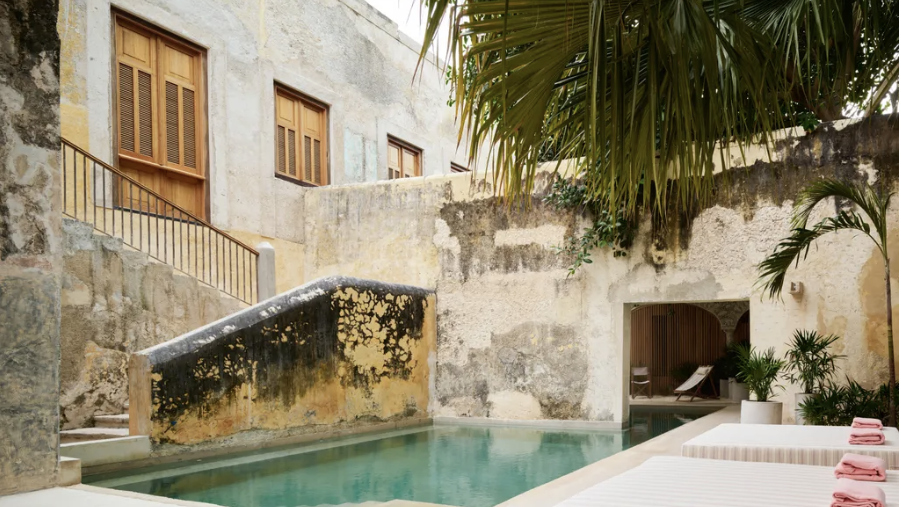 A contemporary Mexican hotel emerges from a 16th-century ruin in Mérida
A contemporary Mexican hotel emerges from a 16th-century ruin in MéridaA renovation project by Zeller & Moye, Mérida’s new Hotel Sevilla wears its architectural interventions lightly, mixing new brutalist elements into listed interiors and a palm-filled courtyard
-
 Fulham FC’s new Riverside Stand by Populous reshapes the match-day experience and beyond
Fulham FC’s new Riverside Stand by Populous reshapes the match-day experience and beyondPopulous has transformed Fulham FC’s image with a glamorous new stand, part of its mission to create the next generation of entertainment architecture, from London to Rome and Riyadh
-
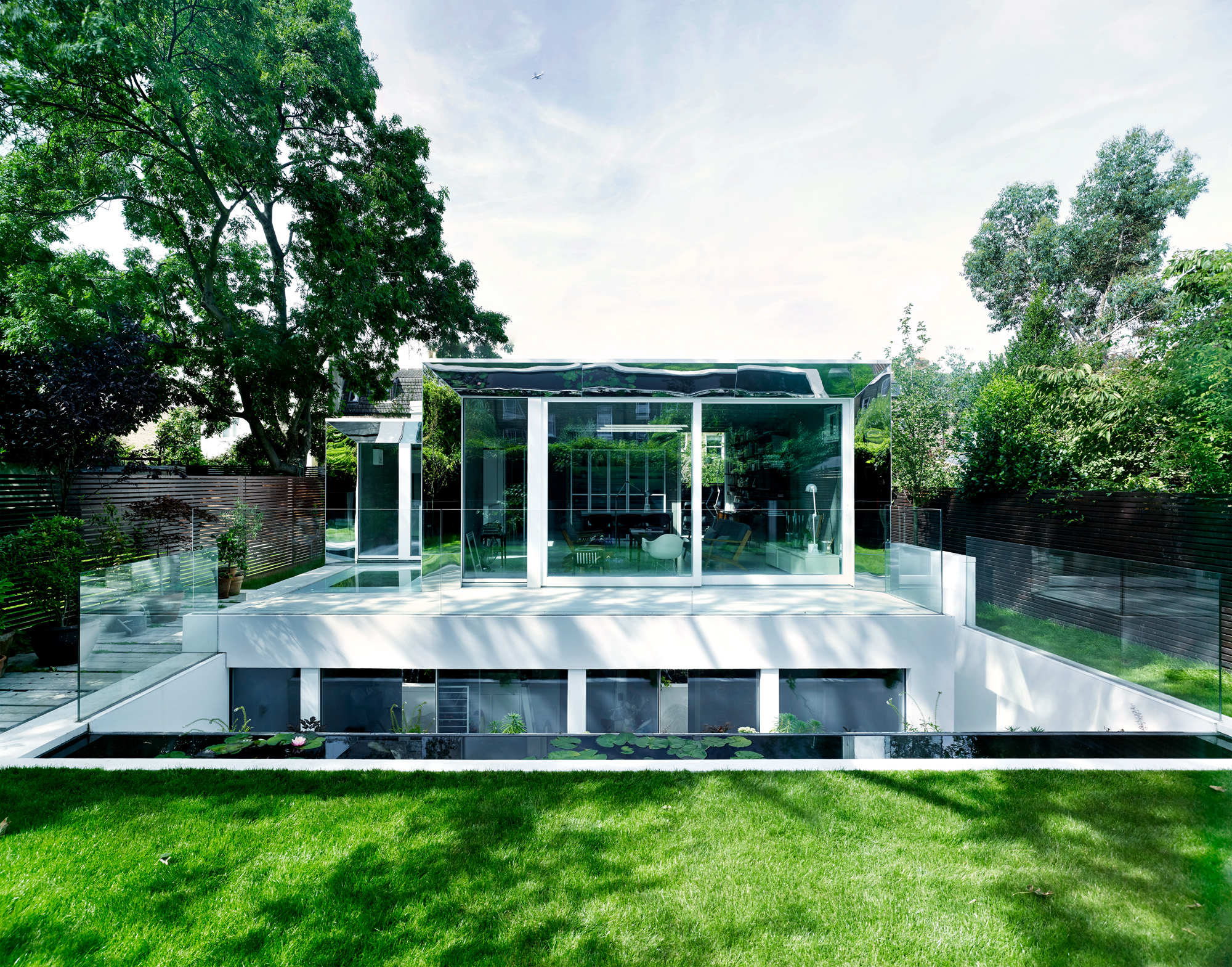 This modern Clapham house is nestled indulgently in its garden
This modern Clapham house is nestled indulgently in its gardenA Clapham house keeps a low profile in south London, at once merging with its environment and making a bold, modern statement; we revisit a story from the Wallpaper* archives
-
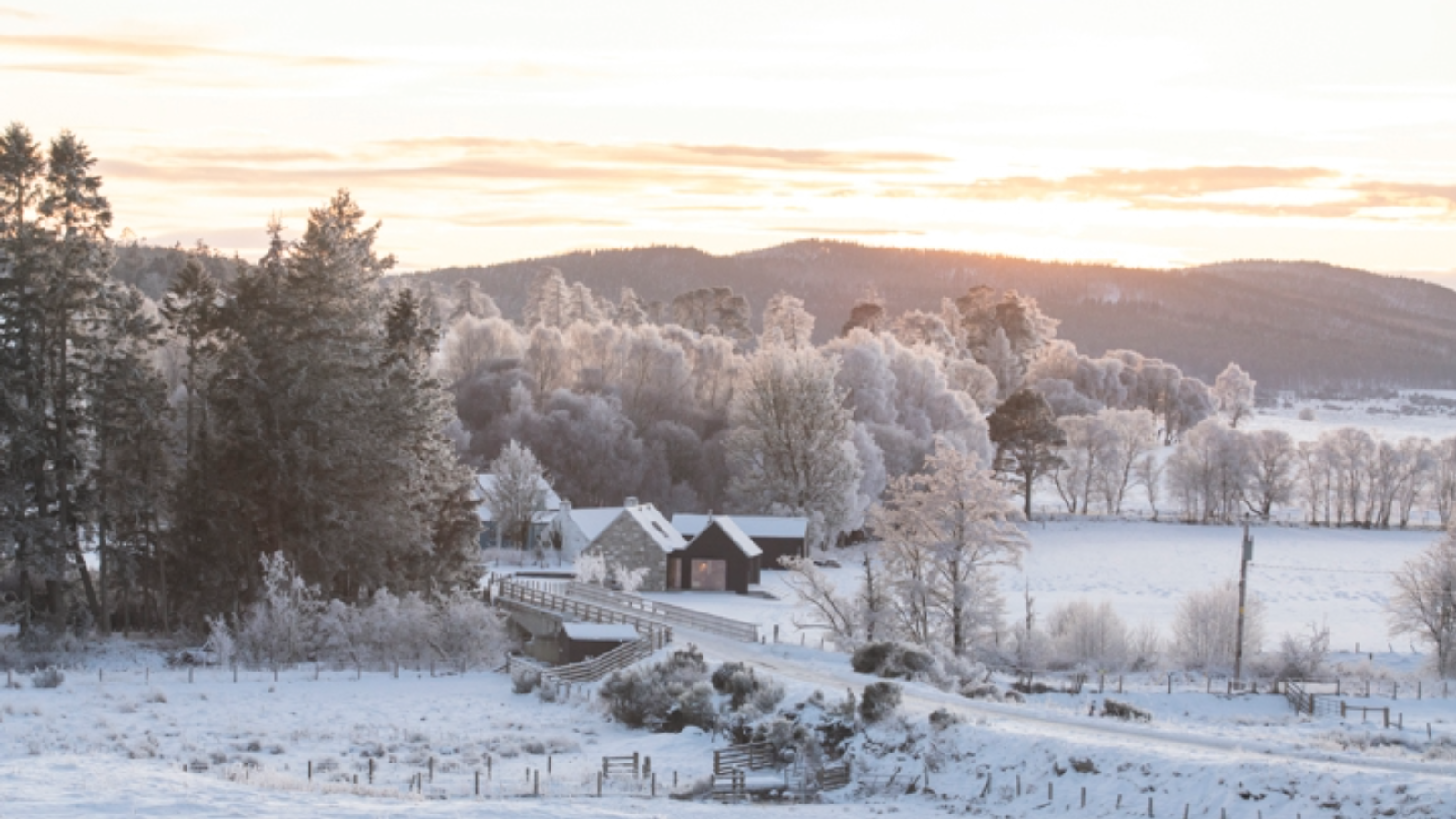 Step inside this perfectly pitched stone cottage in the Scottish Highlands
Step inside this perfectly pitched stone cottage in the Scottish HighlandsA stone cottage transformed by award-winning Glasgow-based practice Loader Monteith reimagines an old dwelling near Inverness into a cosy contemporary home
-
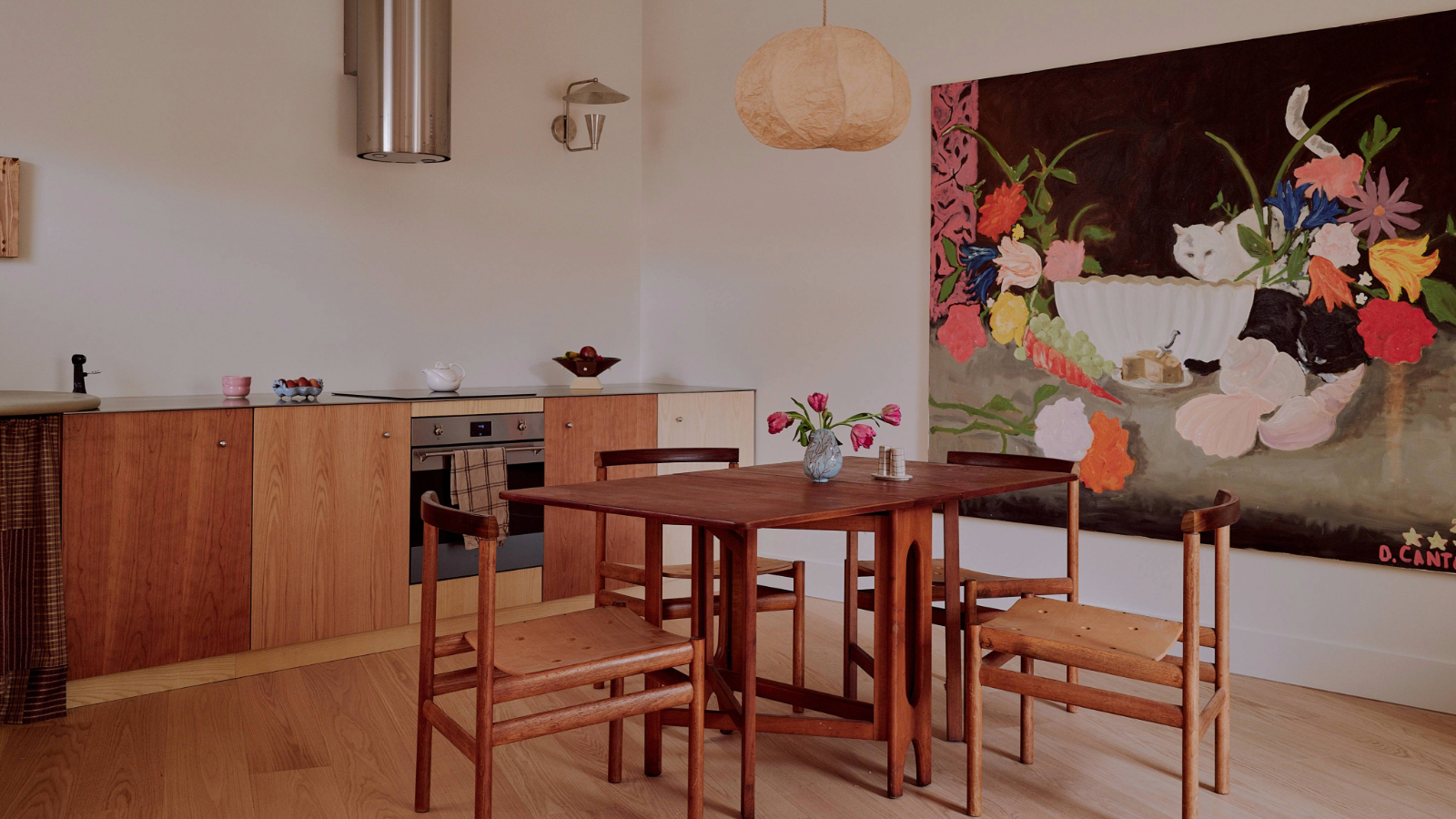 This curved brick home by Flawk blends quiet sophistication and playful details
This curved brick home by Flawk blends quiet sophistication and playful detailsDistilling developer Flawk’s belief that architecture can be joyful, precise and human, Runda brings a curving, sculptural form to a quiet corner of north London
-
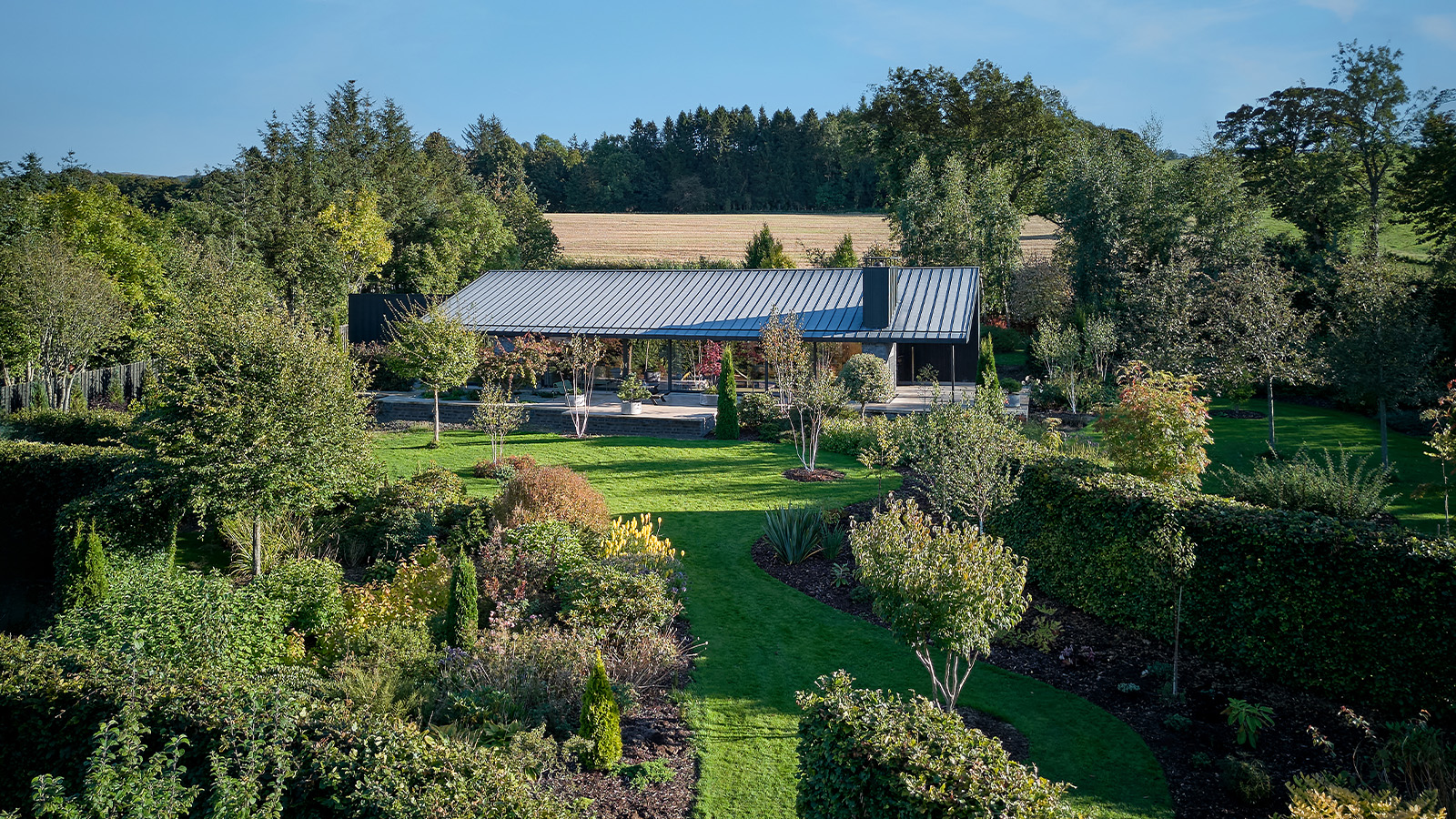 A compact Scottish home is a 'sunny place,' nestled into its thriving orchard setting
A compact Scottish home is a 'sunny place,' nestled into its thriving orchard settingGrianan (Gaelic for 'sunny place') is a single-storey Scottish home by Cameron Webster Architects set in rural Stirlingshire
-
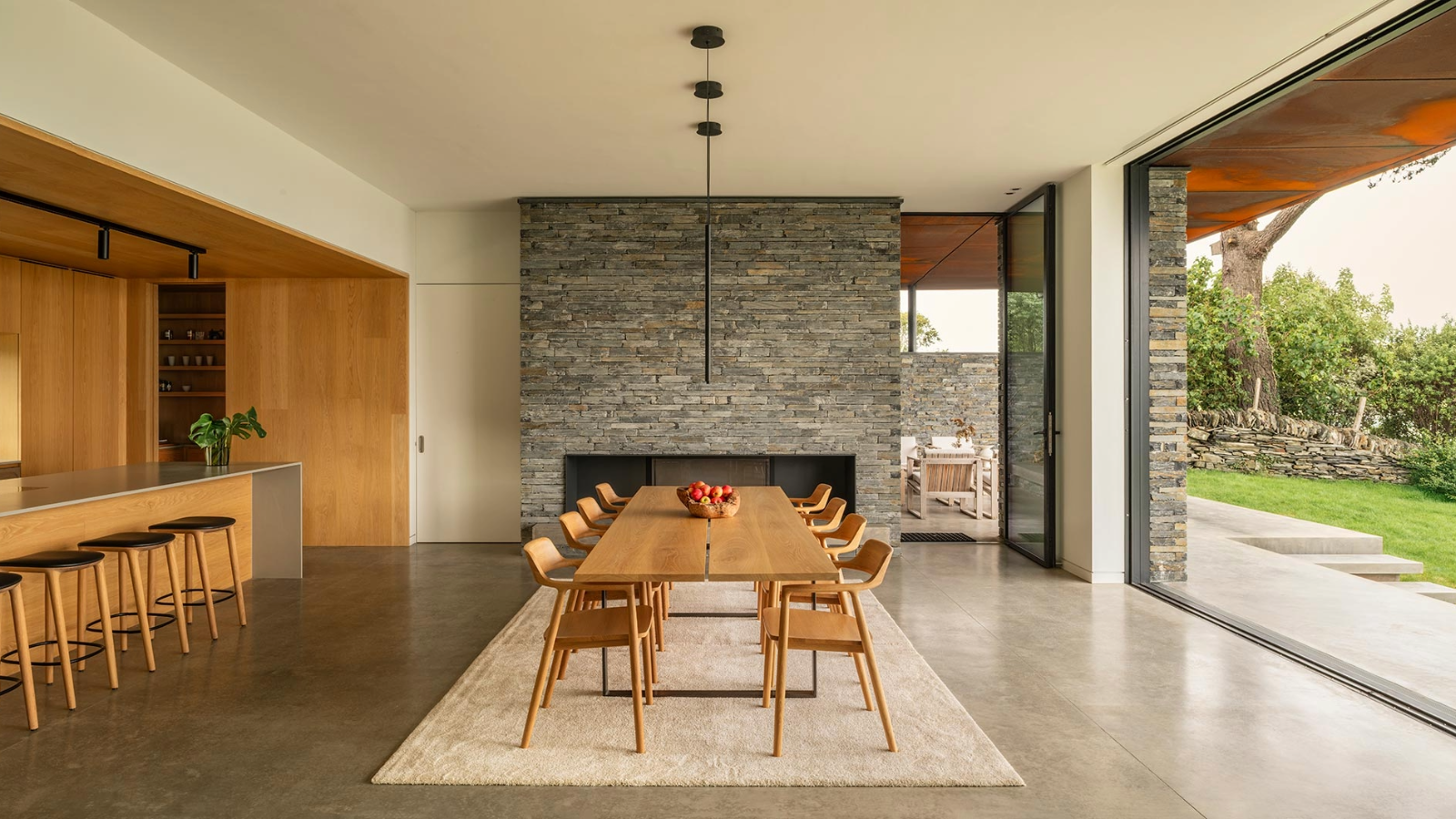 Porthmadog House mines the rich seam of Wales’ industrial past at the Dwyryd estuary
Porthmadog House mines the rich seam of Wales’ industrial past at the Dwyryd estuaryStröm Architects’ Porthmadog House, a slate and Corten steel seaside retreat in north Wales, reinterprets the area’s mining and ironworking heritage
-
 Arbour House is a north London home that lies low but punches high
Arbour House is a north London home that lies low but punches highArbour House by Andrei Saltykov is a low-lying Crouch End home with a striking roof structure that sets it apart
-
 A former agricultural building is transformed into a minimal rural home by Bindloss Dawes
A former agricultural building is transformed into a minimal rural home by Bindloss DawesZero-carbon design meets adaptive re-use in the Tractor Shed, a stripped-back house in a country village by Somerset architects Bindloss Dawes